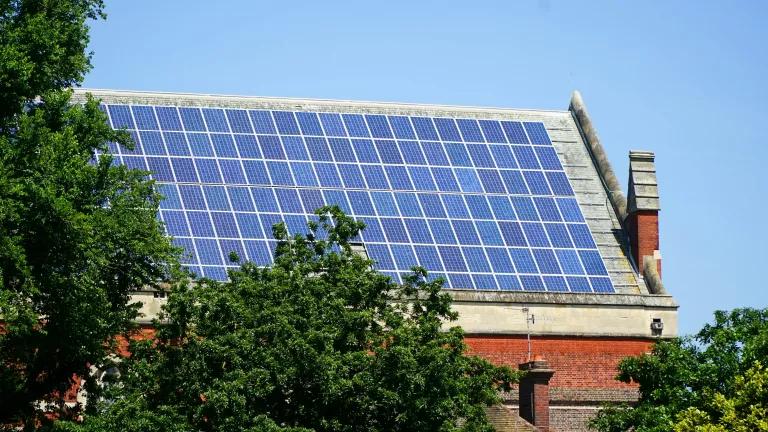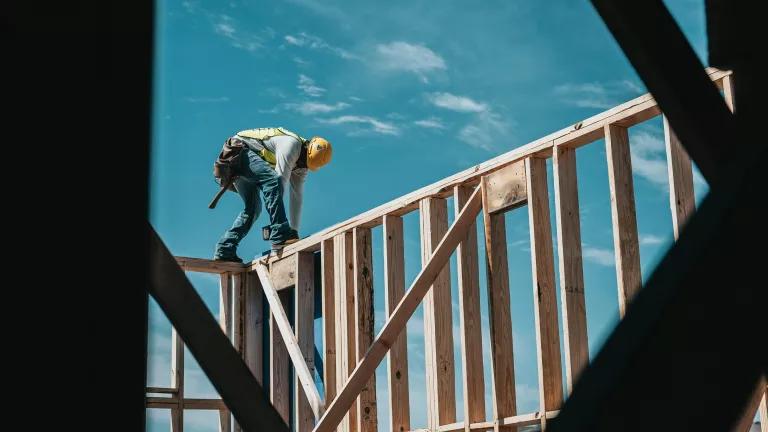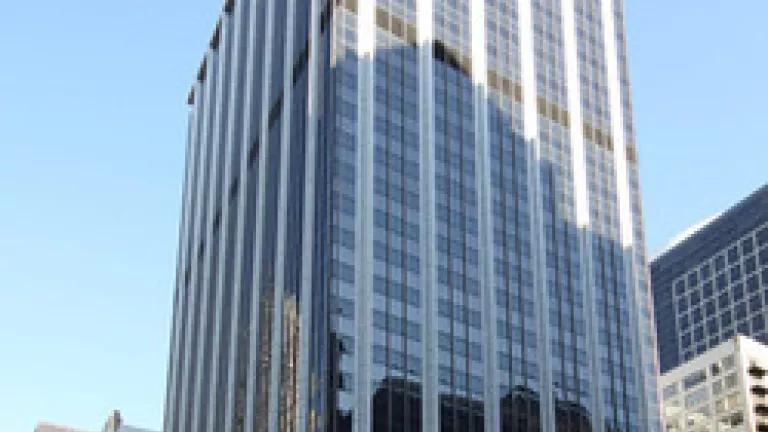
Alexander Graham Bell might well be taken aback by the growth and evolution of the communications industry that he spurred with his invention of the telephone in 1876 -- both in terms of the technological innovation and the scale of the industry. This capacity for large scale and innovative change is why the inclusion of AT&T in Chicago’s Commercial Building Initiative so full of potential. The lessons learned from the retrofit of AT&T’s Chicago facility at 225 W. Randolph could extend to the thousands of AT&T facilities across the country. And of course the corollary is that the real estate market in Chicago may gain valuable insights on building performance from energy innovations that come out of any one of AT&T’s building across the nation.
John Schinter is tasked with leading the effort. As Executive Director of Corporate Energy, he is the driving force behind the company-wide effort to find ways to drive down energy use, and costs. With 30 years of global experience in the energy sector, he manages a staff whose full-time jobs are to manage AT&T’s energy use, water use, and carbon footprint throughout all sectors including networking, data centers, and corporate real estate.
This spring AT&T made a decision to have its Randolph street building join Chicago’s Commercial Building Initiative, a key component of Mayor Emanuel’s Retrofit Chicago program. Under the initiative, fourteen major commercial buildings, with a combined 14 million square feet of space, have committed to cutting their energy needs by 20% over the next five years through energy efficiency improvements.
The AT&T building itself contains 1 million square feet. The whole building is used by AT&T, predominantly for administrative purposes, which is different from several of the other office buildings in the Initiative that contain multiple tenants. Built in 1965 when energy was relatively cheap, the building was not designed with saving energy in mind. As John describes it, the building has some “fundamental design challenges” that are now opportunities to improve its energy efficiency.
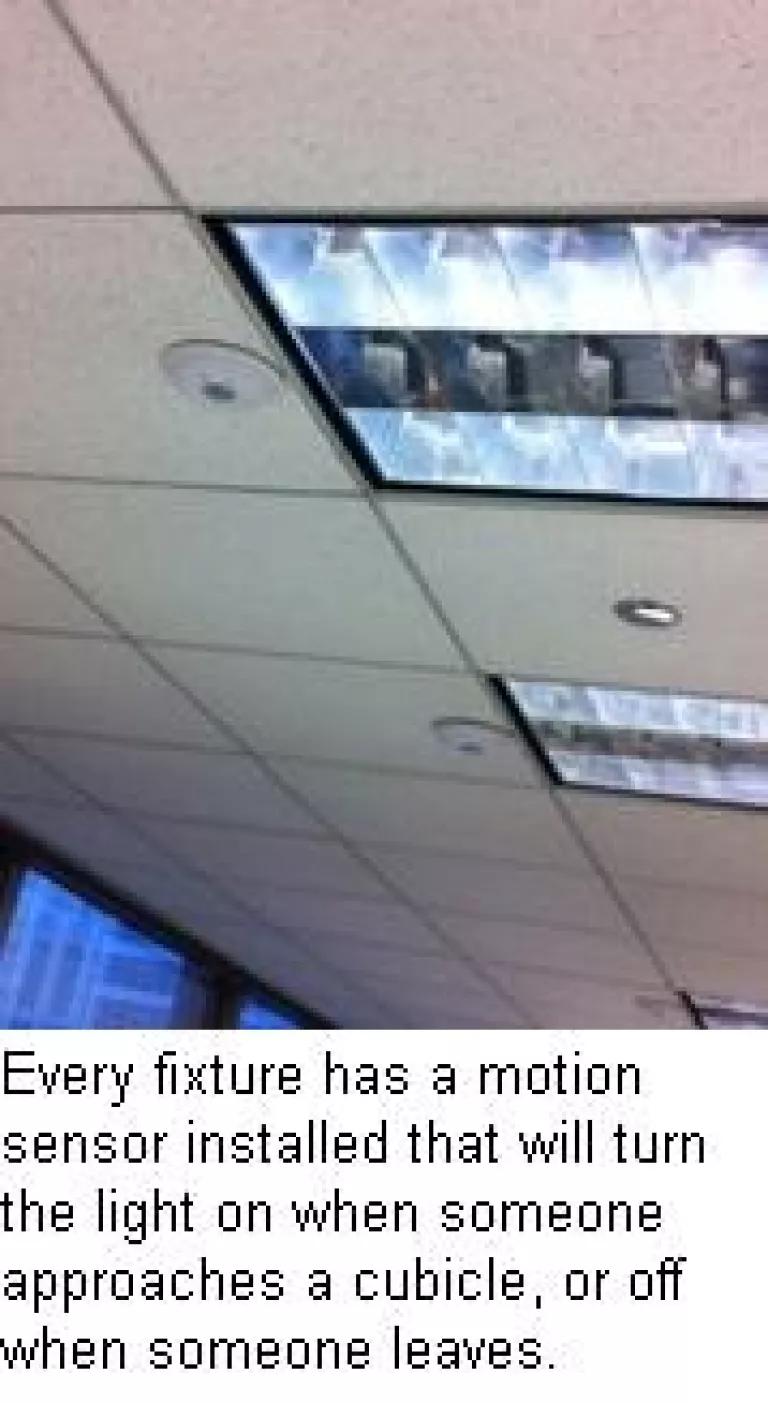
One such opportunity is in the building’s lighting, as is fairly typical in commercial buildings. Previously, all the lights would be on even if there were just a few people working on a particular floor. Now, every fixture has a motion sensor installed that even has a dimming option for when it’s bright outside and less indoor lighting is necessary. This means that only lights that are needed are turned on and has reduced the energy the building uses for lighting by 60-65%. Since lighting is generally 40% of a building’s energy use, this is significant savings.
Another opportunity for energy efficiency has been in the HVAC (heating, ventilation, and air conditioning) system. AT&T has updated all the motors used in the 70 fans that circulate air through the building. These motors used to have V-belts on their belt drives, which are smooth belts that, over time, can slip off and cause energy losses. The company has replaced these belts with cogged belts, which have grooves that reduce slippage. These belts run cooler, last longer, and are more efficient than V-belts.
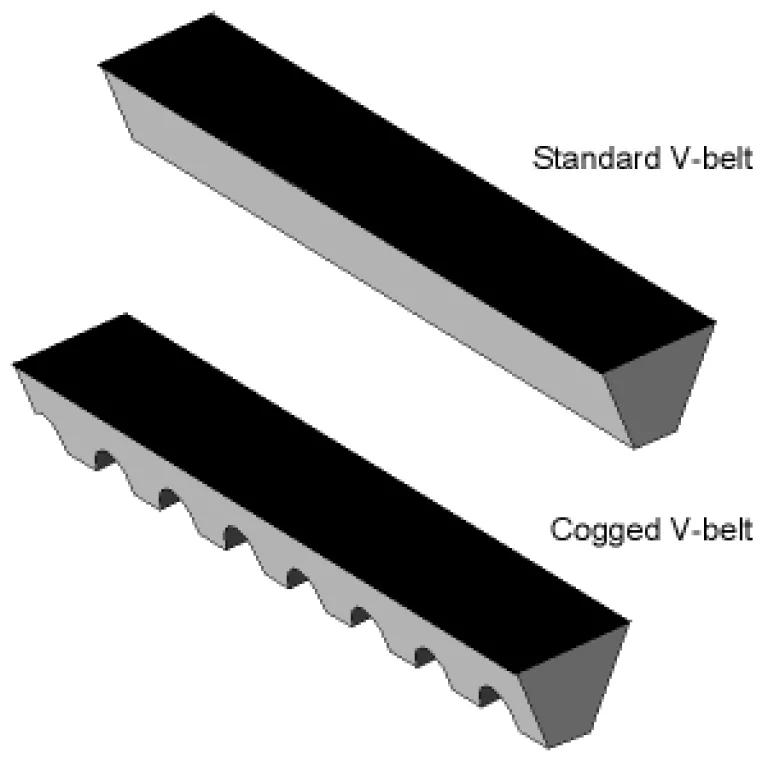
AT&T is also doing a lot to reduce energy needed for air conditioning. A building needs less air conditioning in the winter, so they are developing an algorithm that reflects less cooling in the winter. The team is reorganizing work space so the building is only providing air conditioning where people are. This means that if you work late at night in the AT&T building, the building can turn off most of the motion sensor lights and air conditioning but will not turn them off for the area you are located.
In a typical commercial building, HVAC and lighting together can be 85% of the building’s energy consumption. For the AT&T Building, the payback period for the lighting and HVAC projects, meaning the amount of time it takes for the improvements to start saving money, is less than 3 years. The incentives provided by ComEd, our local utility, are critical to bringing down the payback period for these projects to make them competitive with other projects AT&T wants to do. John stressed that every project AT&T is implementing in the building has an associated incentive that drives the cost down. It has been a priority of NRDC to advocate for utility energy efficiency policies in Illinois, so seeing another first-hand example of how NRDC’s state policy drives involvement with urban sustainability efforts like the Commercial Building Initiative was particularly satisfying.

One of the most important tools AT&T has developed to manage and control energy use is its online centralized data base, which tracks energy data from over a thousand buildings. Their system incorporates Energy Star’s Portfolio Manager, an interactive energy management tool that can track and assess energy and water consumption across buildings. The team has also developed an internal energy scorecard, which grades the energy usage at AT&T’s top 1,000 facilities. This year, AT&T also implemented the scorecard at 500 of its retail locations across the country. Each property has an energy champion who is in charge of implementing energy efficiency measures and monitoring energy use. They are awarded a score (0 to 100, the higher the score the more energy efficient the building) along with a list of things that can be done in that building to reduce the energy use. The score is tied to the annual performance review of each energy champion .
For the AT&T building in Chicago, the company has identified 50-60 things that could be addressed to improve the building’s energy efficiency. The Commercial Building Initiative has provided the motivation to accelerate progress on these items, and the chance for the AT&T team to be part of a larger Chicago real estate community that is tackling these challenges together.
This post was co-authored by Kimi Narita, NRDC's MAP Energy Policy Fellow.
Building, sensor, and infographic courtesy of AT&T.
Source for V belt/cogged belt photo.
